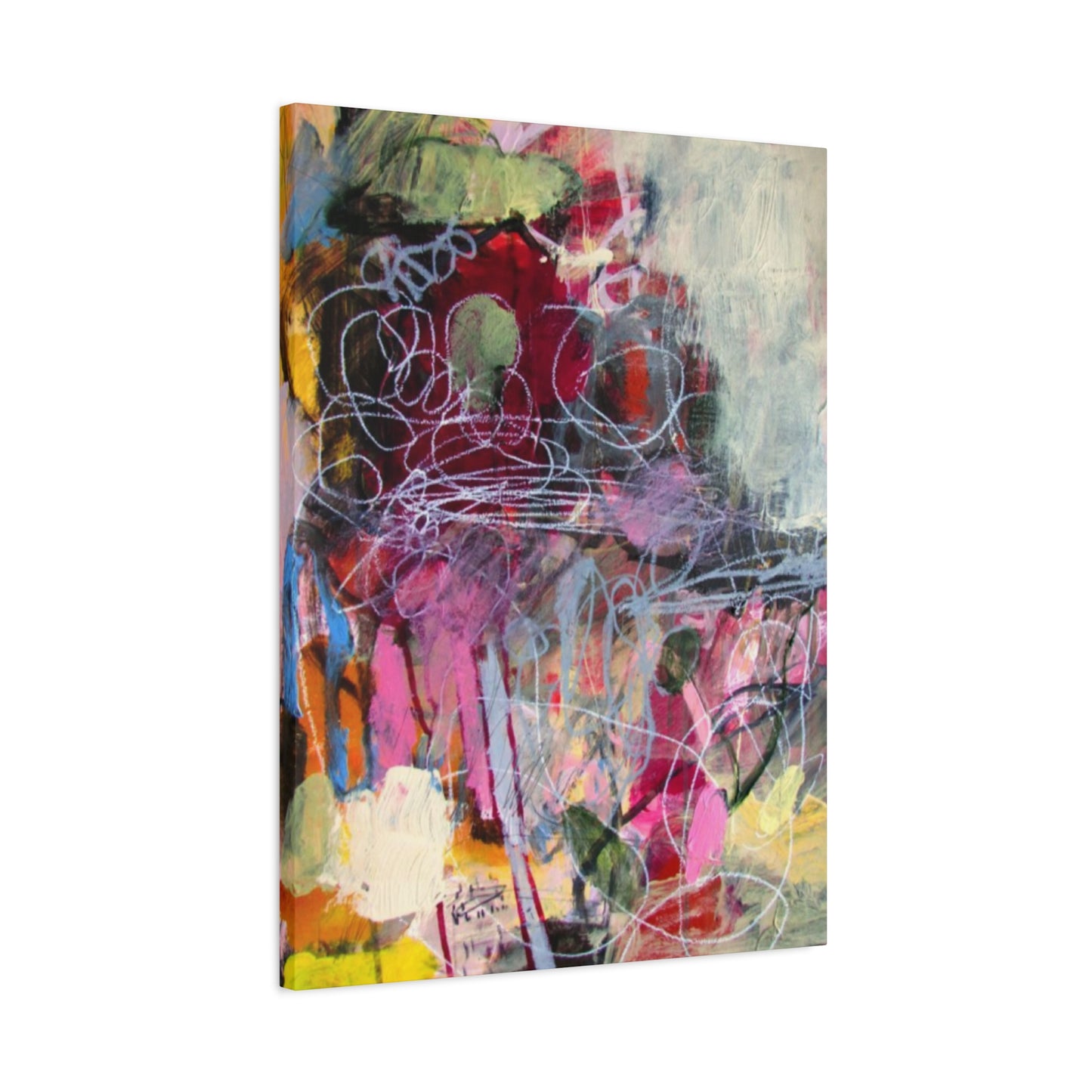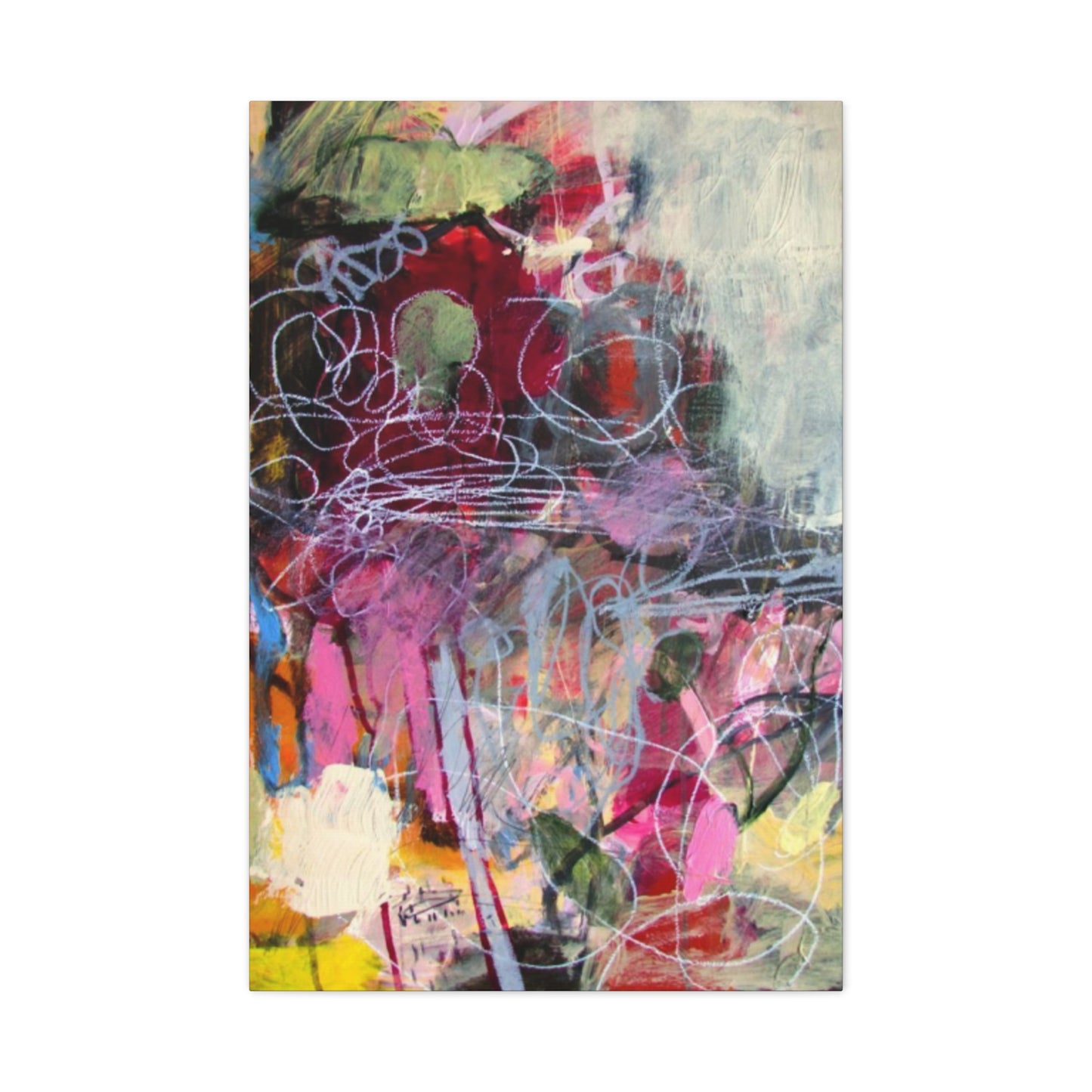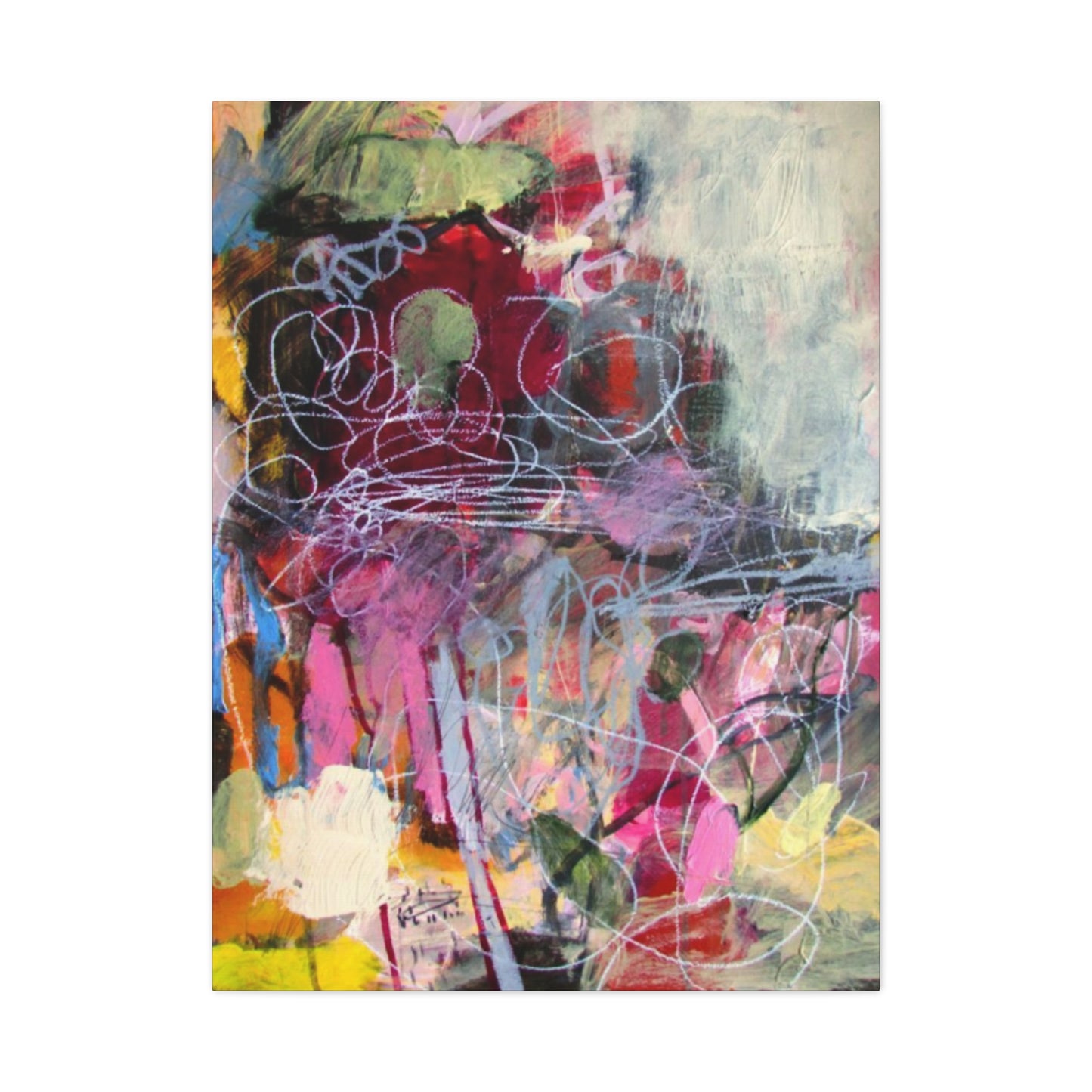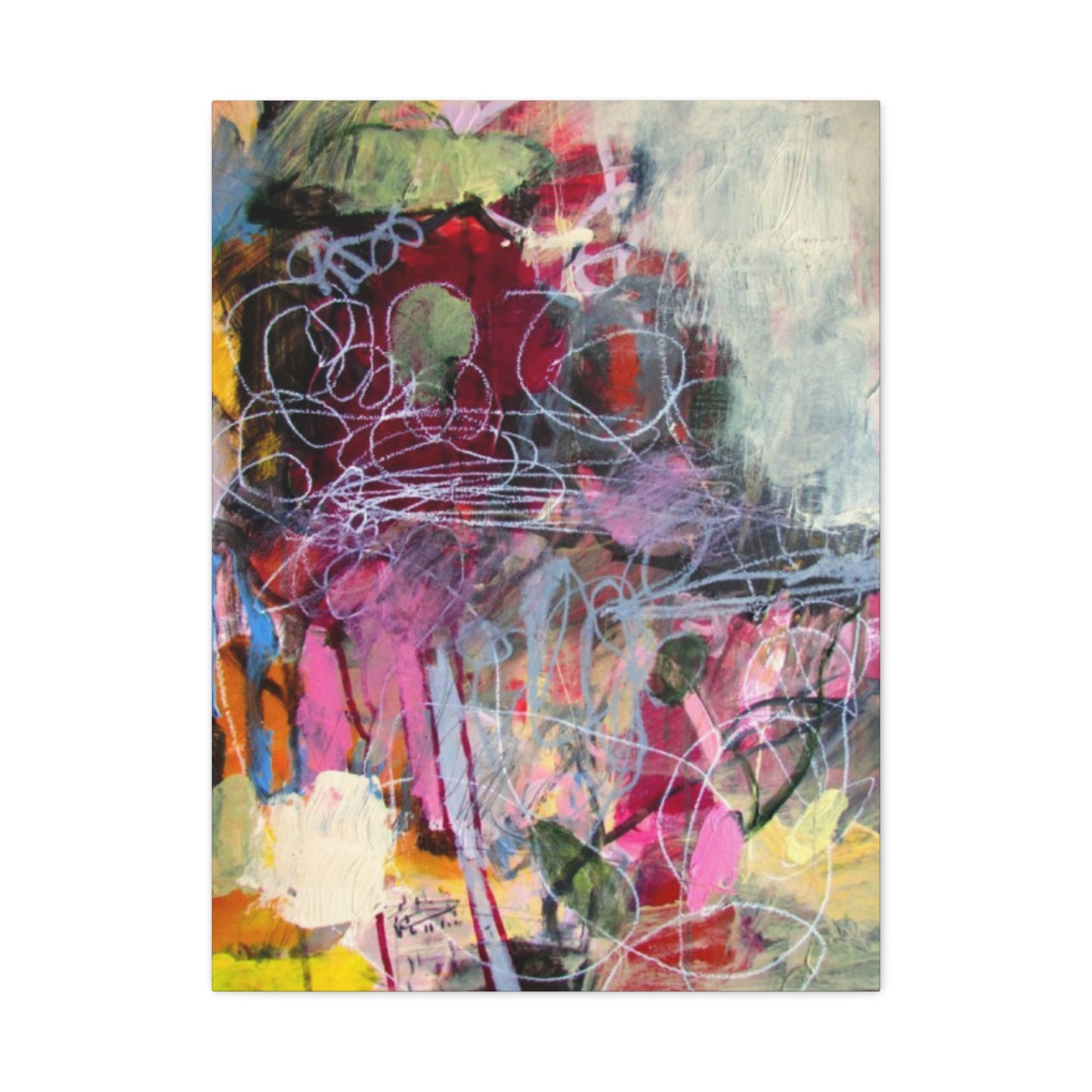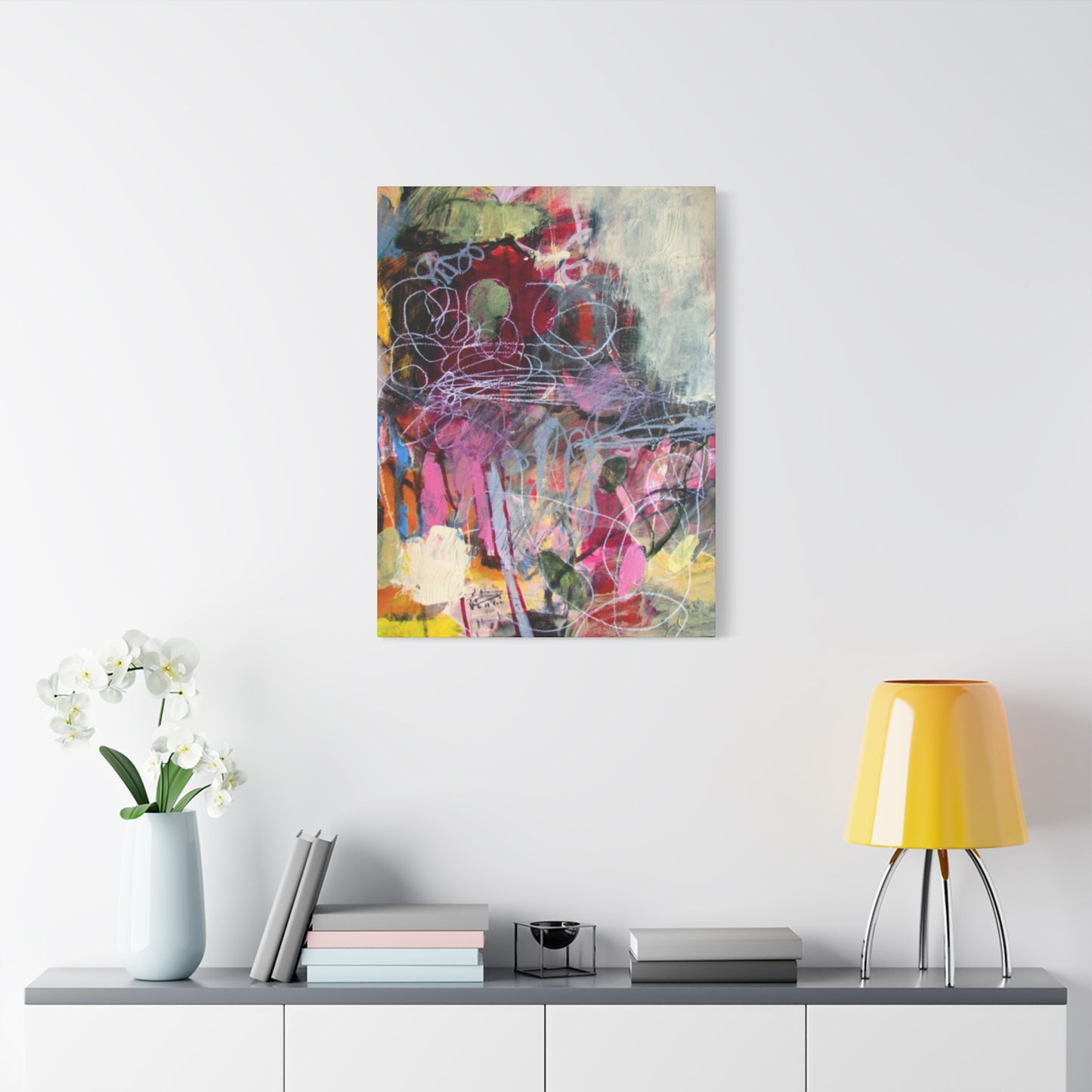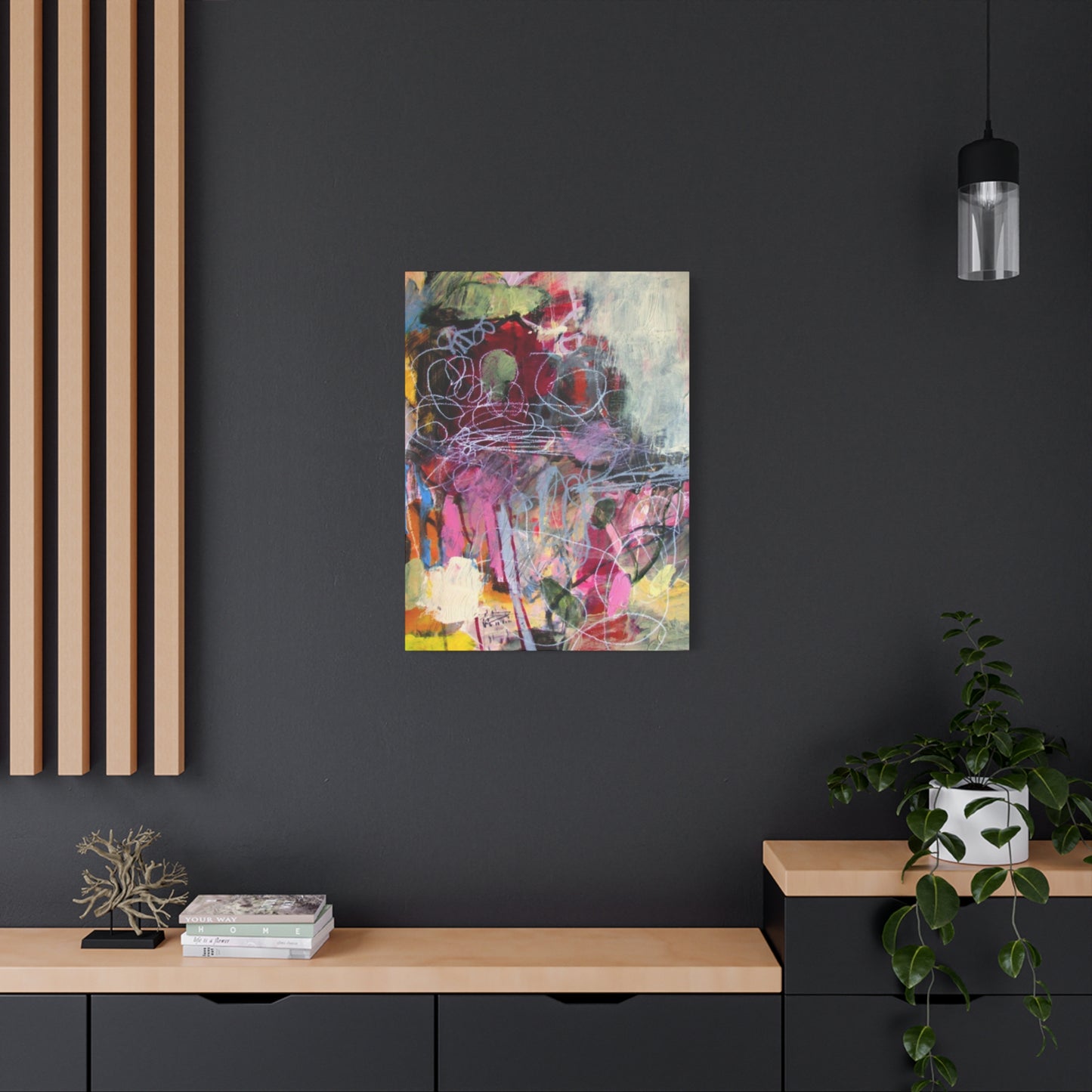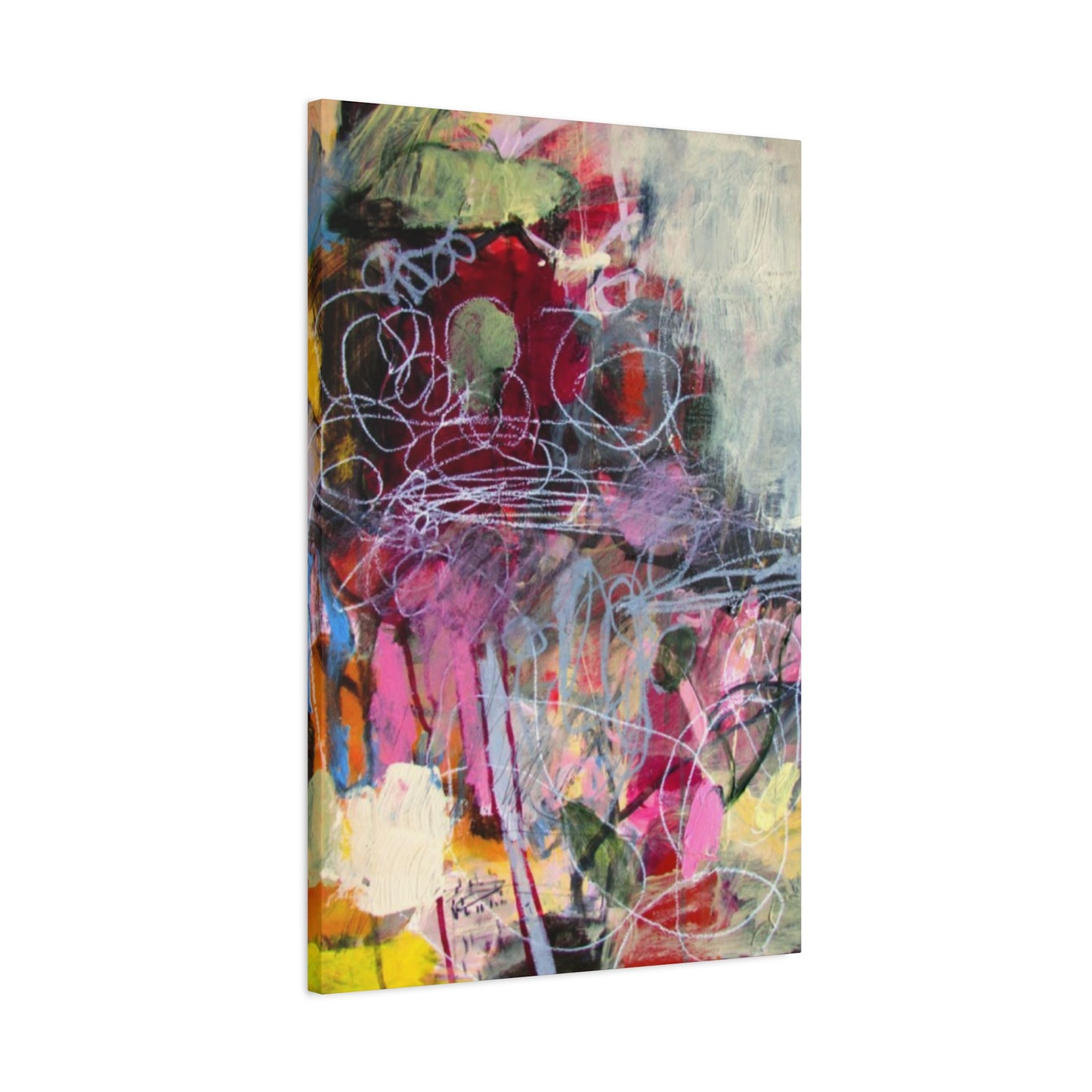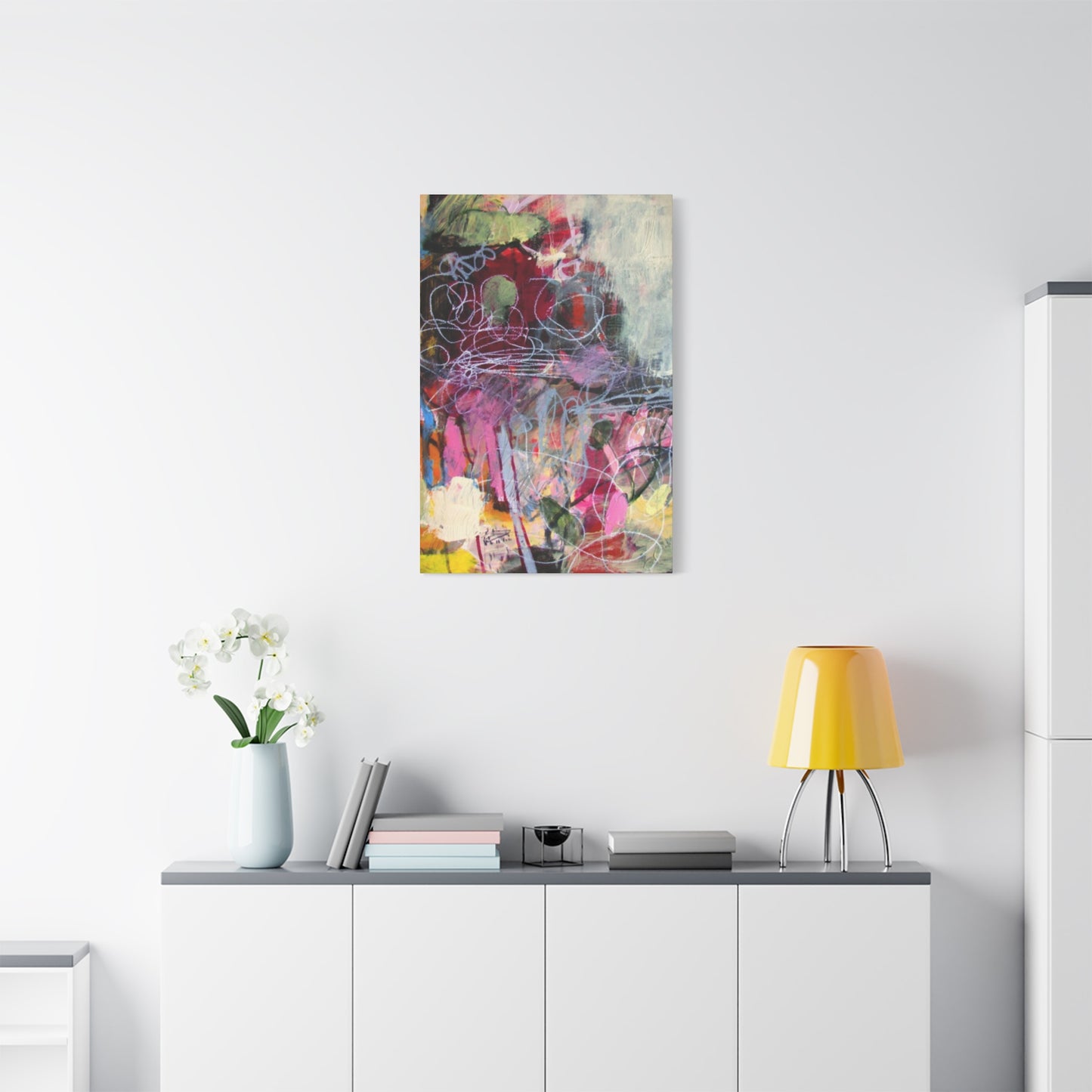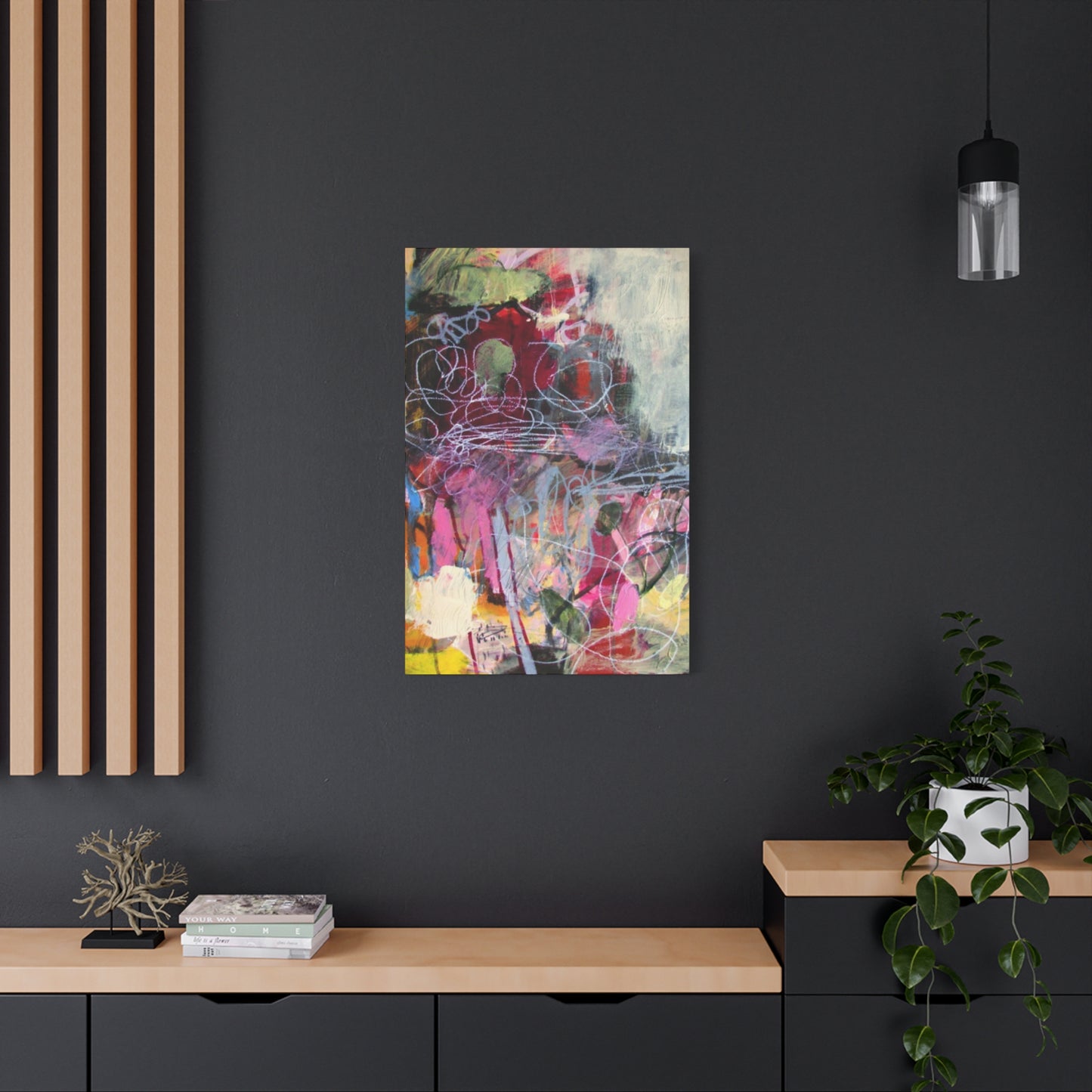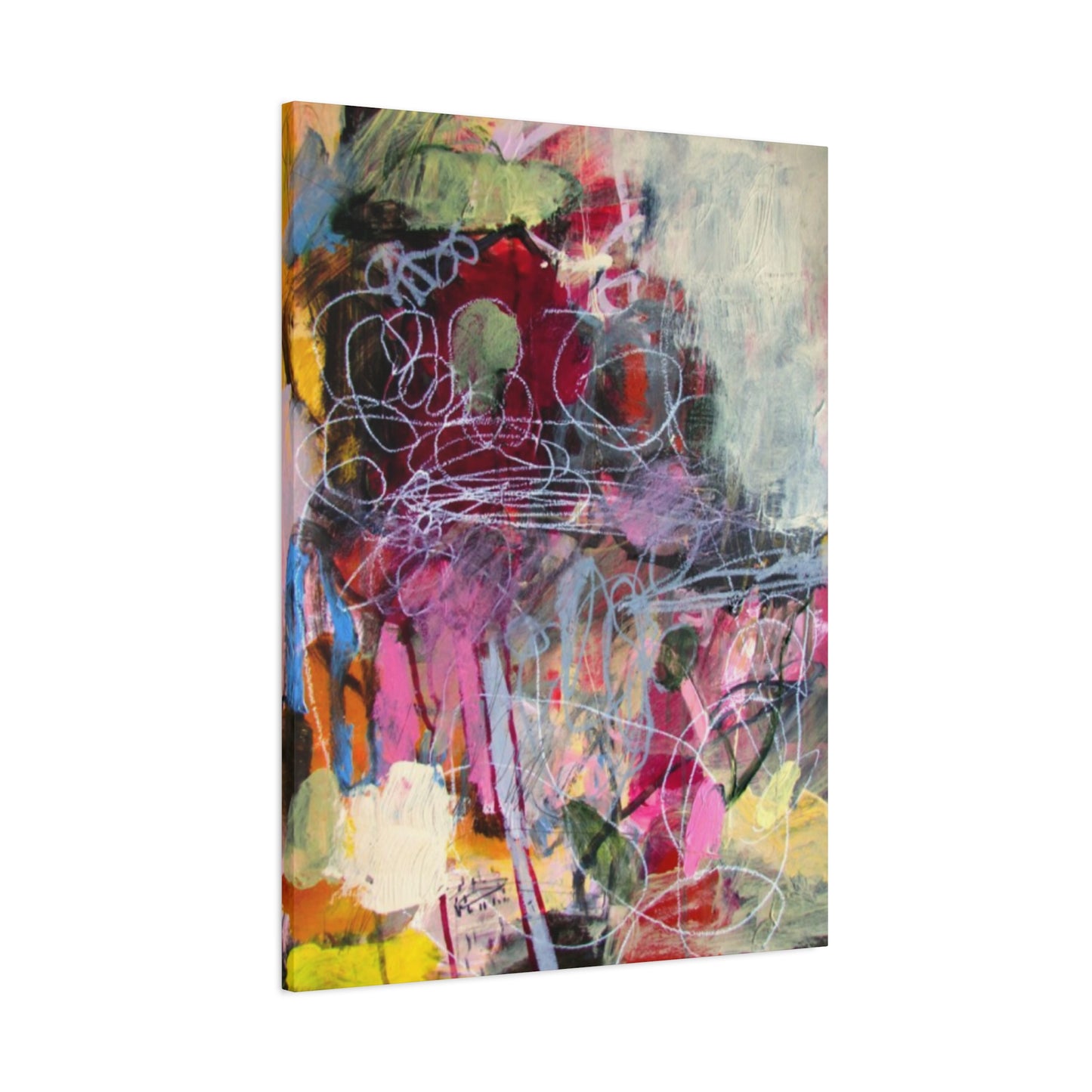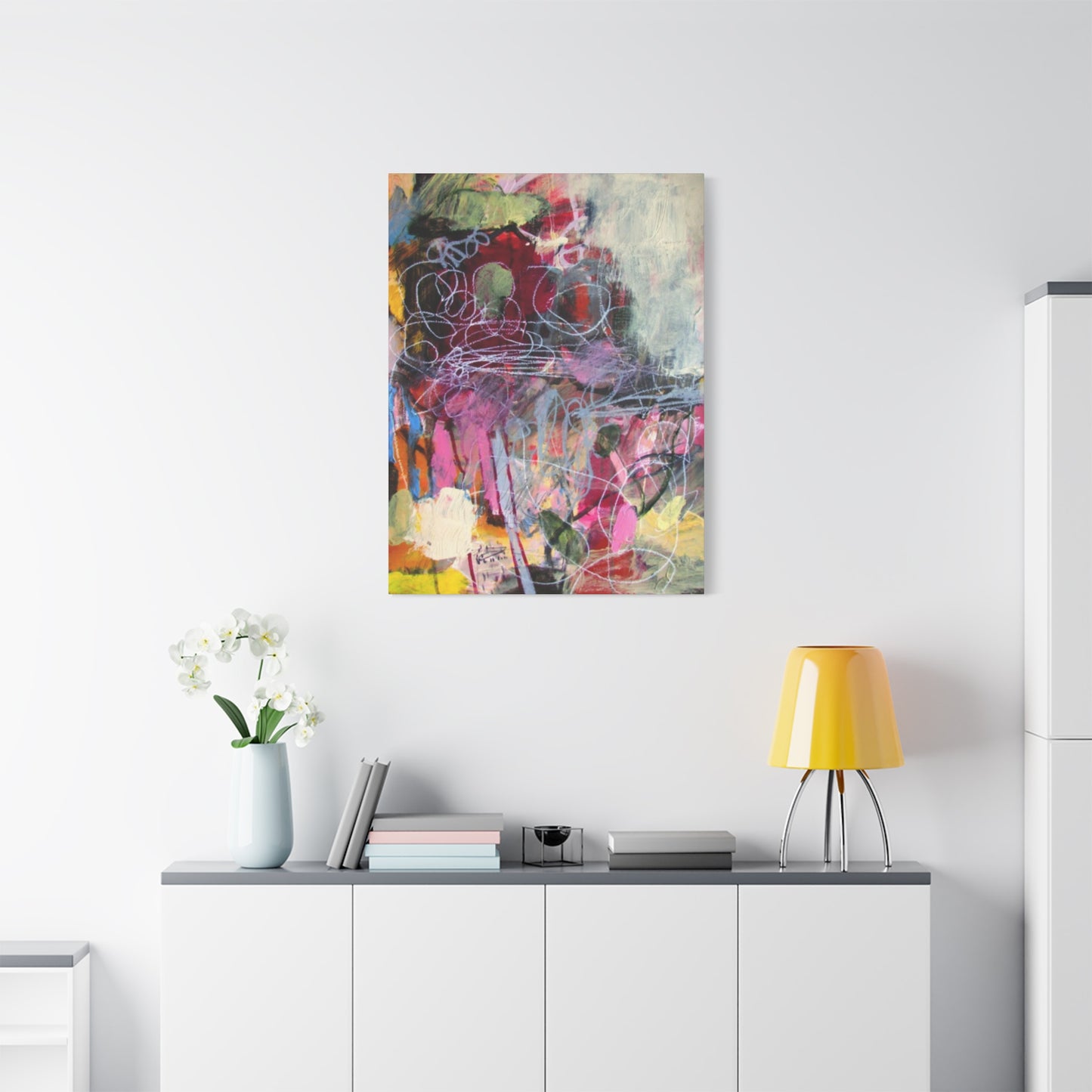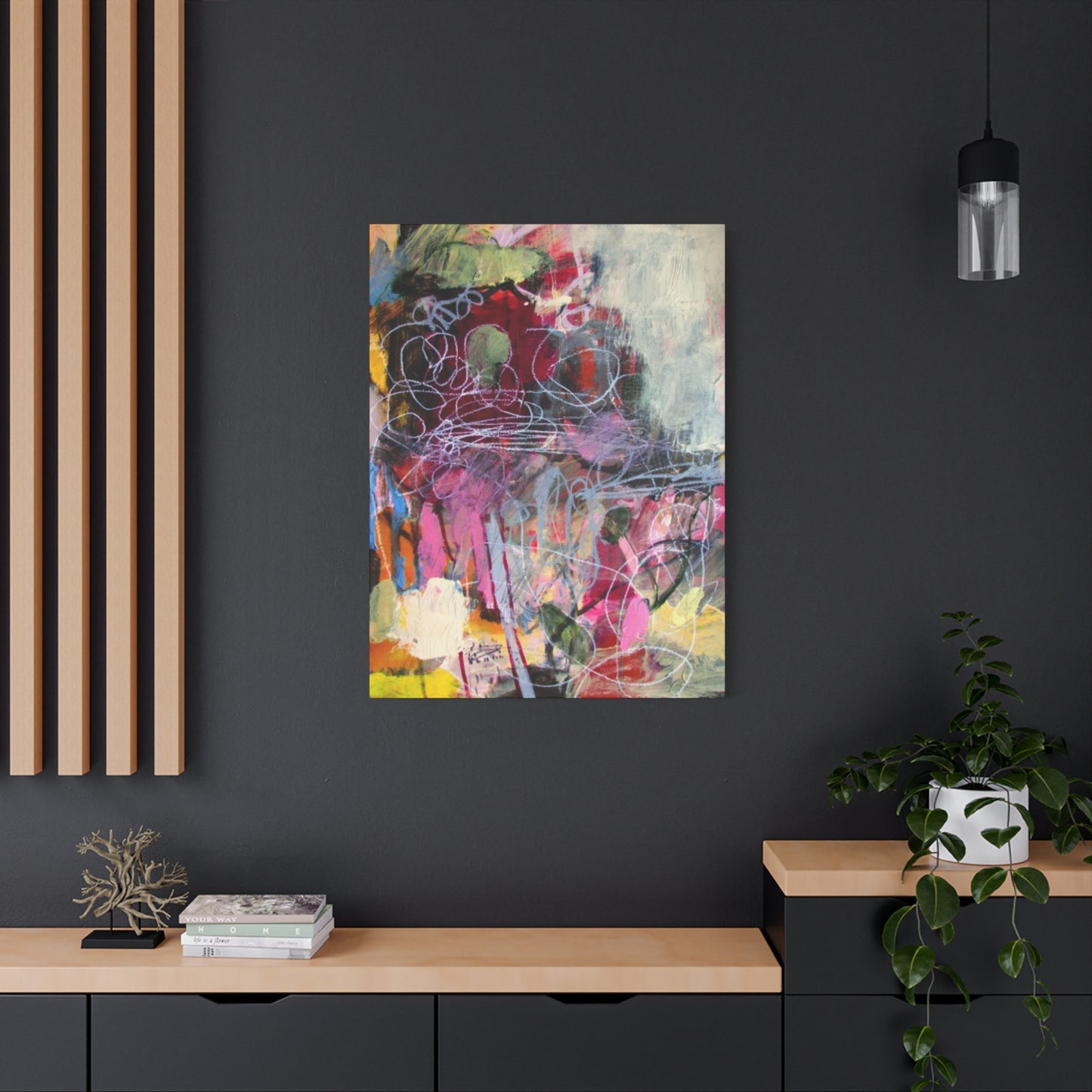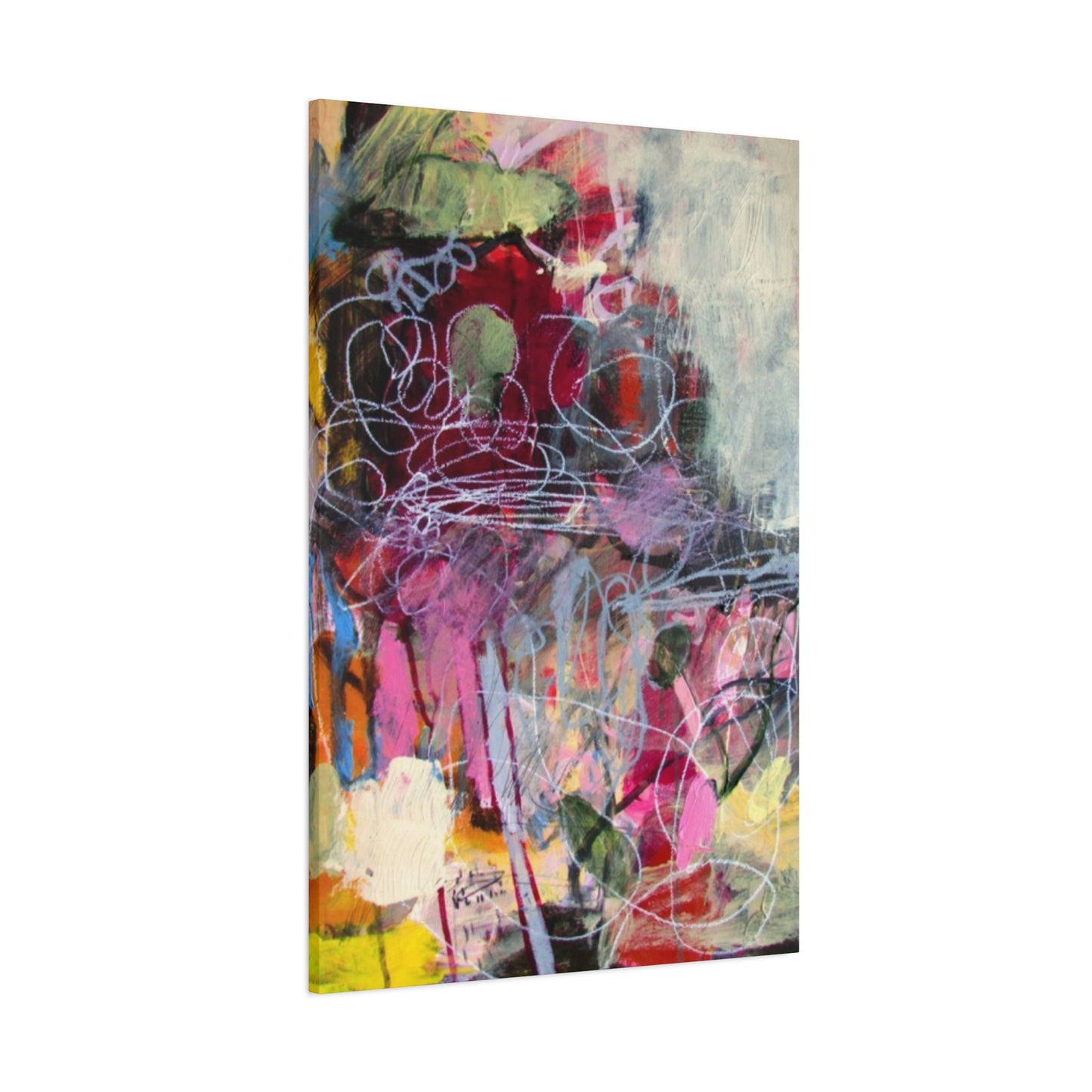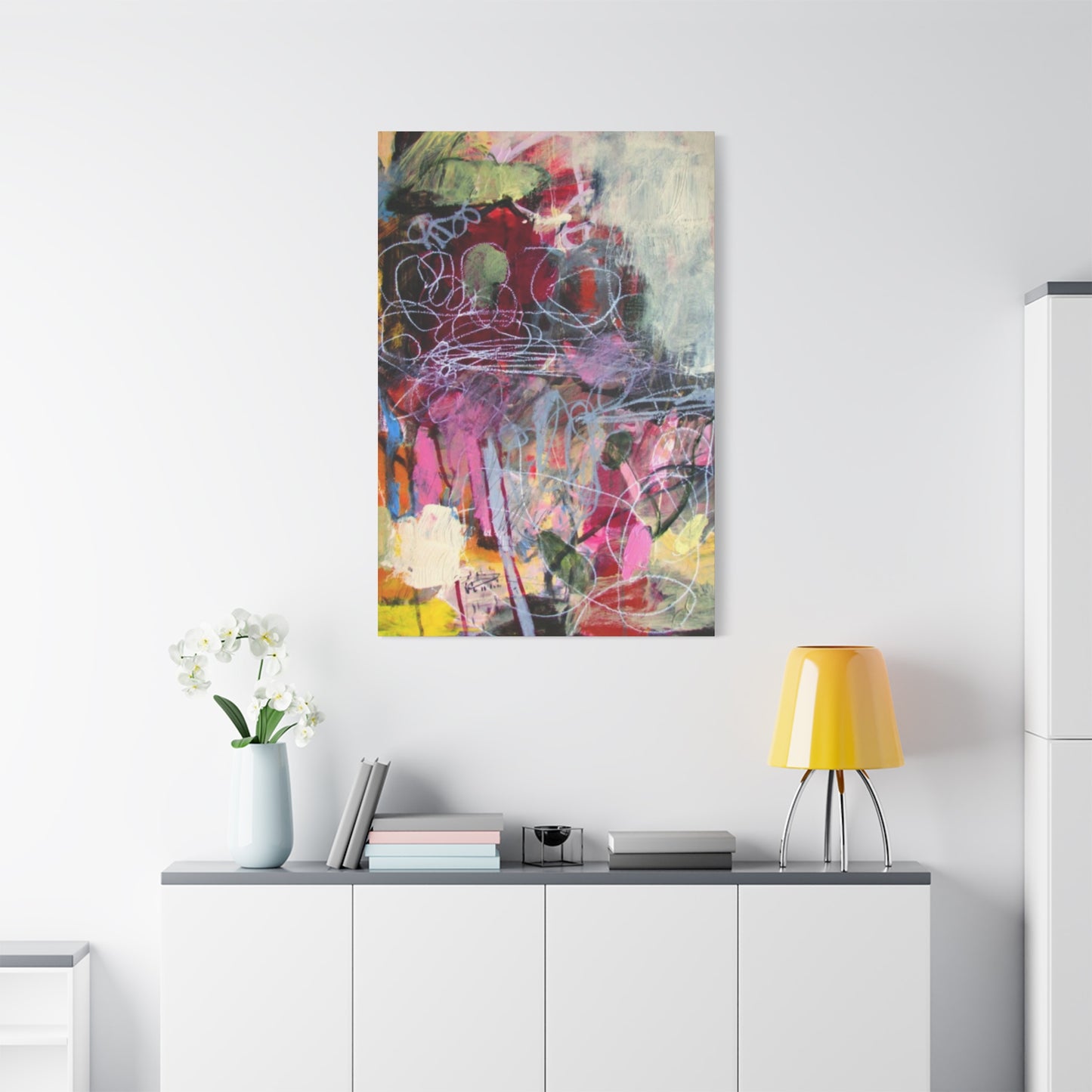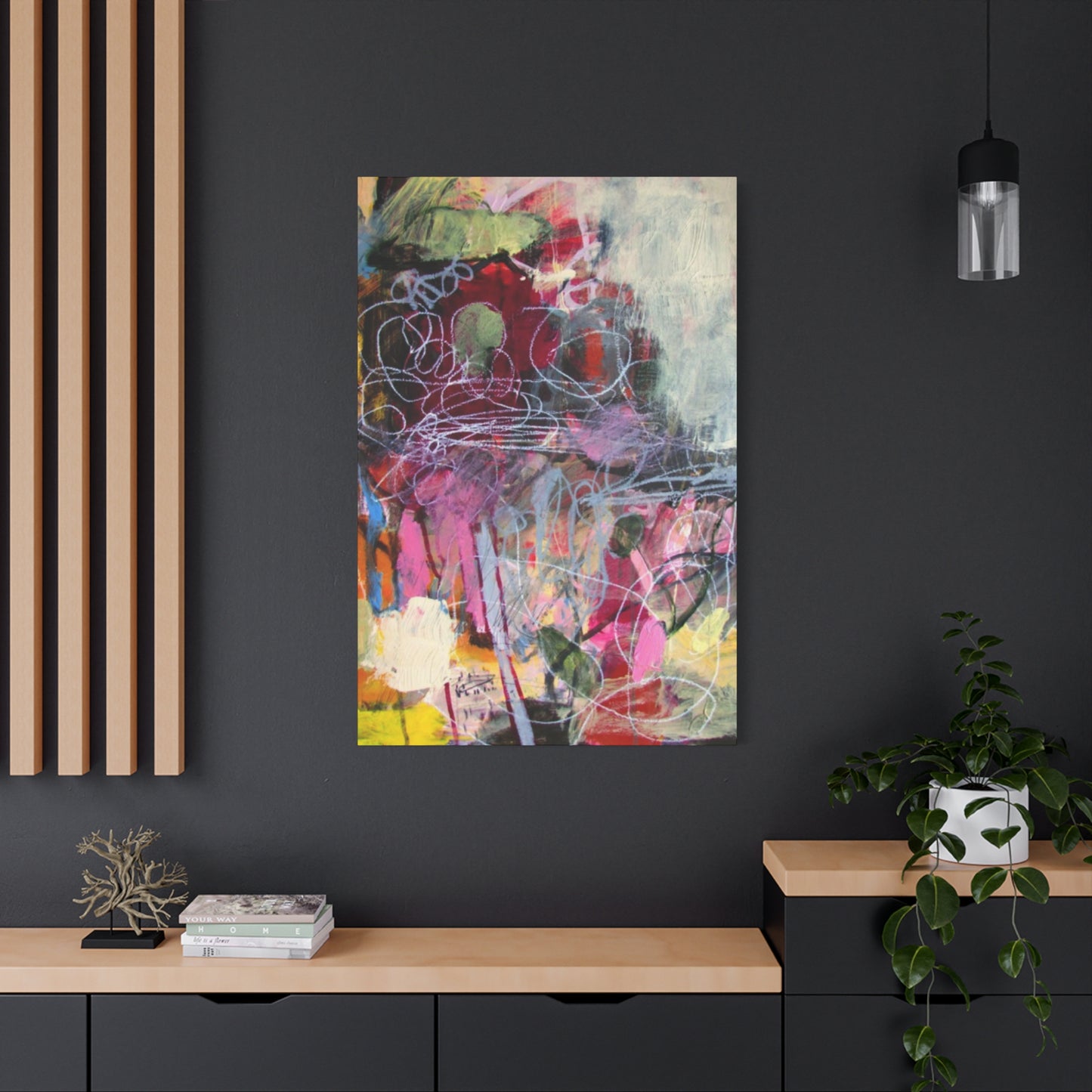Random Abstract Modernism Wall Art: Elevating Your Home with Contemporary Expression
Random abstract modernism represents one of the most dynamic and expressive art movements that continues to revolutionize how we perceive and experience visual art in our living environments. This contemporary artistic approach breaks free from traditional representational constraints, offering viewers an opportunity to engage with art on a purely emotional and aesthetic level. The beauty of random abstract modernism lies in its spontaneous nature, where artists embrace unpredictability and chance as fundamental components of their creative process.
The essence of random abstract modernism emerges from the deliberate rejection of predetermined outcomes, allowing artistic expression to flow naturally through various mediums, techniques, and color applications. This artistic philosophy celebrates the unexpected, the unplanned, and the serendipitous moments that occur during the creative process. Artists working within this movement often employ techniques such as dripping, splattering, gestural brushwork, and experimental mark-making to achieve their desired effects.
Contemporary homes increasingly embrace this art form because it offers versatility that complements various design aesthetics while maintaining its distinctive character. The random elements inherent in this artistic approach ensure that each piece remains unique, providing homeowners with truly one-of-a-kind additions to their living environments. These artworks serve as conversation starters, focal points, and sources of daily inspiration for those who encounter them.
The appeal of random abstract modernism extends beyond mere decoration; it represents a philosophical approach to living that values spontaneity, creativity, and individual expression. When incorporated thoughtfully into residential settings, these artworks can transform ordinary rooms into dynamic, engaging environments that reflect the occupants' appreciation for contemporary artistic expression.
Exploring the Core Components of Contemporary Abstract Expression
The fundamental elements that define random abstract modernism encompass a broad spectrum of artistic techniques, materials, and conceptual approaches that distinguish this movement from other contemporary art forms. Understanding these core components enables art enthusiasts and collectors to make informed decisions when selecting pieces for their personal collections or home environments.
Color theory plays a pivotal role in random abstract modernism, with artists often employing unexpected color combinations that challenge traditional harmonic relationships. These bold chromatic choices create visual tension and excitement, drawing viewers into the artwork through dynamic contrasts and surprising juxtapositions. The random application of color often results in organic gradations and unexpected blending effects that would be impossible to achieve through planned, methodical approaches.
Texture development represents another crucial aspect of this artistic movement, with practitioners frequently incorporating various materials and techniques to create rich, tactile surfaces. Artists may use palette knives, unconventional tools, or even their hands to manipulate paint and other media, resulting in surfaces that invite both visual and tactile exploration. These textural elements add depth and dimensionality to the artwork, creating shadows and highlights that change throughout the day as lighting conditions shift.
The compositional structure in random abstract modernism often emerges organically rather than through predetermined planning. Artists allow forms, shapes, and patterns to develop naturally during the creative process, resulting in compositions that feel both spontaneous and balanced. This approach requires considerable skill and intuition, as artists must make split-second decisions about when to continue developing certain areas and when to preserve the spontaneous energy of their initial marks.
Layering techniques frequently appear in random abstract modernism, with artists building up complex surfaces through multiple applications of paint, medium, and other materials. These layers create visual depth and complexity, allowing viewers to discover new details and relationships each time they examine the artwork. The random nature of this layering process often produces unexpected interactions between colors and textures that enhance the overall visual impact of the piece.
The scale and proportion of elements within random abstract modernist works often reflect the unpredictable nature of the creative process. Large gestural marks may be balanced by delicate details, or bold geometric forms might be softened by organic, flowing elements. This interplay between different scales and proportions creates visual rhythm and movement that keeps viewers engaged with the artwork over extended periods.
Contemporary Color Palettes That Define Modern Abstract Expression
The color relationships found in random abstract modernism reflect contemporary design trends while maintaining the spontaneous character that defines this artistic movement. These color schemes often challenge conventional design wisdom, creating bold statements that energize living environments and provide focal points for room arrangements.
Monochromatic approaches in random abstract modernism explore the subtle variations possible within a single color family, creating sophisticated compositions that rely on texture, value, and saturation changes rather than chromatic contrast. These pieces work particularly well in contemporary homes where a cohesive color scheme is desired, but visual interest must be maintained through other means. The random application techniques create natural variations within the monochromatic palette, preventing the artwork from appearing flat or monotonous.
Complementary color schemes take advantage of the visual excitement created by opposing hues on the color wheel, but the random application methods soften what might otherwise be jarring contrasts. The spontaneous blending and overlay effects that occur during the creative process often produce intermediate tones that serve as visual bridges between the more intense complementary colors. This natural modulation makes these bold color combinations more livable in residential settings.
Analogous color harmonies in random abstract modernism create flowing, organic color transitions that evoke natural phenomena such as sunsets, ocean waves, or seasonal changes. The random application techniques allow these related colors to blend and separate in unpredictable ways, creating compositions that feel both harmonious and dynamic. These color schemes work well in environments where a sense of calm and continuity is desired without sacrificing visual interest.
Triadic color schemes provide maximum chromatic variety while maintaining visual balance, and random abstract modernist approaches to these combinations often produce surprisingly harmonious results. The spontaneous mixing and overlay effects that occur during creation help unify what might otherwise be chaotic color relationships. These pieces work well as statement artworks that can anchor a room's color scheme while providing inspiration for accent colors throughout the environment.
Neutral color palettes in random abstract modernism demonstrate that limitation can inspire creativity, with artists exploring the full range of grays, beiges, and earth tones through various application techniques. The random marks and textures become more prominent when color is restrained, creating compositions that rely on subtlety and sophistication rather than bold chromatic statements. These pieces work exceptionally well in minimalist environments where the artwork needs to complement rather than compete with architectural features.
Gradient effects achieved through random application techniques create sense of movement and depth that traditional gradient methods cannot match. The unpredictable nature of the application process results in organic transitions that feel more natural and engaging than mechanically produced gradations. These effects can suggest atmospheric conditions, emotional states, or abstract landscape elements while remaining purely non-representational.
Integrating Contemporary Abstract Expression with Existing Home Aesthetics
Successfully incorporating random abstract modernism into established home environments requires careful consideration of existing design elements, color relationships, and functional requirements. The key lies in finding balance between the dynamic energy of the artwork and the overall harmony of the living environment.
Scale considerations play a crucial role in successful integration, with larger pieces serving as statement artworks that can anchor entire room arrangements. These substantial works need adequate wall area and appropriate viewing distances to be fully appreciated. The random elements within larger pieces often reward closer inspection, revealing details and relationships that may not be apparent from across the room. When selecting large-scale pieces, consider the ceiling height, furniture placement, and traffic patterns to ensure the artwork enhances rather than overwhelms the environment.
Smaller pieces from the random abstract modernism movement can function as accent elements that add visual interest to specific areas without dominating the overall design scheme. These works might be grouped together to create gallery wall arrangements, or used individually to provide focal points in intimate settings. The random nature of these pieces ensures that even smaller works maintain their visual impact and ability to engage viewers.
Lighting considerations become particularly important when displaying random abstract modernist works, as the textural elements and layered surfaces respond dramatically to changes in illumination. Natural lighting throughout the day reveals different aspects of the artwork, while carefully positioned artificial lighting can emphasize specific elements or create dramatic shadow effects. The random textures and varied surface qualities found in these pieces often benefit from angled lighting that enhances their dimensional qualities.
Color coordination between the artwork and existing design elements requires a nuanced approach that considers both direct matches and complementary relationships. The random nature of abstract modernist pieces often includes unexpected color accents that can inspire new design directions or highlight existing elements in fresh ways. Rather than seeking perfect matches, look for artworks that share color families or intensity levels with your existing palette.
Furniture arrangement around random abstract modernist artworks should consider viewing angles, reflection issues, and the relationship between the artwork's energy and the functional requirements of the room. Active, gestural pieces might work well in social areas where their dynamic qualities support conversation and interaction, while more subtle, contemplative pieces might be better suited to quiet retreats or private study areas.
The frame selection for random abstract modernist pieces requires careful consideration of the artwork's character and the intended display environment. Traditional ornate frames might conflict with the contemporary nature of the artwork, while simple, clean-lined frames can enhance the modern aesthetic without competing with the artistic content. Some pieces may benefit from floating frames that allow the edges of the artwork to remain visible, emphasizing the spontaneous nature of the creative process.
Psychological and Emotional Responses to Abstract Contemporary Expression
The impact of random abstract modernism on viewers extends far beyond mere visual appreciation, engaging complex psychological and emotional responses that can significantly influence mood, creativity, and overall well-being. Understanding these effects helps explain why this art form has become increasingly popular in residential settings where occupants spend considerable time.
The unpredictable elements inherent in random abstract modernism stimulate cognitive engagement by presenting viewers with visual puzzles that resist simple interpretation. This mental stimulation can be refreshing and energizing, providing a welcome contrast to the predictable patterns of daily life. The brain's attempt to find meaning and order within the random elements creates an active viewing experience that can be both challenging and rewarding.
Emotional resonance with random abstract modernist works often occurs on a subconscious level, with colors, forms, and textures triggering memories, associations, and feelings that may not be immediately apparent to the conscious mind. This subliminal engagement can create lasting emotional connections to specific pieces, explaining why certain artworks continue to provide satisfaction and inspiration over extended periods.
The gestural quality often found in random abstract modernism can communicate the artist's physical energy and emotional state during creation, creating a sense of human connection across time and circumstance. Viewers may respond to the visible evidence of the creative process, finding inspiration in the artist's willingness to embrace spontaneity and risk-taking. This connection can be particularly meaningful in contemporary life where much of our visual environment consists of mechanically produced images.
Stress reduction represents one of the most significant psychological benefits associated with engaging with random abstract modernist works. The non-representational nature of these pieces allows viewers to experience visual stimulation without the cognitive burden of interpretation or recognition. This mental freedom can provide respite from information-heavy environments and contribute to overall relaxation and well-being.
Creative stimulation often results from regular exposure to random abstract modernism, with the artistic freedom and experimental approaches visible in these works encouraging viewers to embrace similar attitudes in their own creative endeavors. The evidence of risk-taking and spontaneous decision-making can inspire greater confidence in personal creative expression, whether in artistic pursuits or problem-solving situations.
Meditation and contemplation can be enhanced by the presence of carefully selected random abstract modernist pieces that invite sustained attention without providing specific focal points or narrative elements. The flowing, organic qualities often found in these works can support meditative practices and provide visual anchors for relaxation techniques.
The seasonal and temporal qualities of random abstract modernism can help connect indoor environments with natural rhythms and cycles. Color relationships and compositional flows may evoke different seasonal moods or times of day, helping to maintain psychological connections with natural cycles even in urban or climate-controlled environments.
Influential Practitioners of Contemporary Abstract Expression
The development of random abstract modernism has been shaped by numerous artists whose innovative approaches and experimental techniques continue to influence contemporary practitioners. These pioneering figures established many of the fundamental principles and techniques that define the movement while demonstrating the vast potential for personal expression within its parameters.
Jackson Pollock's revolutionary drip painting technique fundamentally changed how artists and viewers understand the creative process, emphasizing action and spontaneity over predetermined outcomes. His large-scale canvases covered in networks of dripped and poured paint demonstrated that random elements could create coherent, powerful compositions when guided by artistic intuition and physical engagement. The energy and movement visible in his works continue to inspire contemporary artists working in random abstract modernist approaches.
Helen Frankenthaler's color-stain technique pioneered new methods for integrating chance and control in abstract painting. Her approach of pouring thinned paint onto unprimed canvas allowed colors to flow and blend in unpredictable ways while maintaining overall compositional coherence. This technique demonstrated how random elements could be incorporated into more controlled artistic approaches, influencing generations of artists seeking to balance spontaneity with intention.
Willem de Kooning's gestural expressionism showed how random mark-making could convey powerful emotional content while maintaining abstract qualities. His vigorous brushwork and layered surfaces created complex compositions that reward extended viewing and interpretation. The visible evidence of his physical engagement with the medium demonstrated the importance of the artist's direct involvement in the creative process.
Mark Rothko's color field paintings, while more controlled than purely random approaches, demonstrated how simple elements could create profound emotional impact through subtle variations and relationships. His layered application techniques and attention to color interaction influenced many contemporary artists working in random abstract modernist styles, particularly those interested in creating contemplative, meditative works.
Cy Twombly's gestural mark-making and incorporation of written elements showed how random abstract modernism could incorporate references to communication and language without abandoning its non-representational character. His approach to layering and building surfaces through accumulated marks continues to influence contemporary artists interested in process-based approaches to abstract expression.
Contemporary practitioners continue to expand the boundaries of random abstract modernism through incorporation of new materials, technologies, and conceptual approaches. Digital tools and techniques allow for new forms of randomness and unpredictability, while traditional materials continue to provide opportunities for spontaneous expression and experimental approaches.
The international scope of random abstract modernism has resulted in diverse approaches that reflect different cultural traditions and aesthetic sensibilities. Artists from various backgrounds bring unique perspectives to the fundamental principles of the movement, ensuring its continued evolution and relevance in contemporary art contexts.
Emerging artists working in random abstract modernist approaches often combine traditional techniques with contemporary concerns, creating works that speak to current social, environmental, and technological conditions while maintaining the spontaneous, expressive character that defines the movement. These innovations ensure that random abstract modernism remains vital and relevant for new generations of artists and collectors.
Creative Techniques for Personal Abstract Expression Projects
Developing personal random abstract modernist works provides an opportunity to experience the creative freedom and spontaneous expression that characterizes this artistic movement. These projects can range from simple experimental pieces to more ambitious compositions, depending on available time, materials, and experience levels.
Preparation for random abstract modernist projects begins with gathering appropriate materials and establishing a workspace that allows for spontaneous, potentially messy creative activities. Acrylic paints work well for beginners due to their quick drying time, easy cleanup, and versatility in application techniques. Canvas or heavy paper provides suitable surfaces, though experimental approaches might incorporate cardboard, wood panels, or other materials that can accept paint applications.
Basic drip techniques can be explored using various paint consistencies and application tools. Thinned paint applied with brushes, squeeze bottles, or even improvised tools can create flowing lines and organic shapes that form the foundation for more complex compositions. The key lies in embracing the unpredictable nature of these techniques while developing intuitive responses to emerging forms and relationships.
Layering approaches allow for complex surface development through multiple application sessions. Initial random marks can be developed through subsequent layers that respond to and build upon earlier elements. This process requires patience and the ability to recognize when additional layers enhance rather than muddy the composition. Each layer should be allowed to dry completely before proceeding to maintain clarity and prevent unwanted color mixing.
Texture development can be achieved through various tools and techniques that create surface interest and dimensional qualities. Palette knives, sponges, fabric, or found objects can be used to manipulate paint while it remains wet, creating effects that would be impossible to achieve with traditional brush techniques. The random nature of these applications often produces surprising and delightful results that can inspire further development.
Color experimentation within random abstract modernist approaches should embrace unexpected combinations and relationships. Limiting the color palette initially can help maintain compositional coherence while learning to balance random elements. As confidence develops, more complex color relationships can be explored, always keeping in mind the importance of overall harmony despite the unpredictable application methods.
Scale variations within single compositions can create visual rhythm and interest while demonstrating the versatility of random application techniques. Large gestural marks can be balanced by smaller, more delicate elements, creating compositions that reward both distant viewing and close examination. The spontaneous nature of the process should guide decisions about when to work large and when to focus on details.
Documentation of the creative process can provide valuable learning experiences and help develop personal approaches to random abstract modernism. Photographing works in progress, keeping notes about successful techniques, and maintaining records of color combinations can build a reference library for future projects. This documentation also helps track artistic development over time.
Experimentation with non-traditional materials and tools can lead to unique effects and personal signature techniques. Household items, natural materials, or improvised tools often produce more interesting results than conventional art supplies. The key lies in maintaining openness to unexpected results while developing technical skills that support creative intentions.
Selecting Appropriate Abstract Modernist Works for Different Room Functions
The functional requirements and atmospheric goals of different living areas should inform the selection of random abstract modernist artworks to ensure that these pieces enhance rather than conflict with the intended use of each room. Understanding how different artistic qualities affect mood and behavior helps create more successful integration between art and architecture.
Living rooms and social areas benefit from random abstract modernist pieces that encourage conversation and create welcoming atmospheres. Works with warm color palettes and dynamic compositions can energize these gathering places, while pieces with interesting textures and varied elements provide conversation starters for guests. The scale should be appropriate for the room size and furniture arrangement, with larger pieces serving as focal points and smaller works adding accent interest.
Bedroom environments call for random abstract modernist works that promote relaxation and restful moods. Cooler color palettes, softer compositions, and more subtle textural elements work well in these private retreats. The artwork should complement rather than compete with the room's peaceful atmosphere, providing visual interest without overstimulation. Consider the viewing angles from the bed and ensure that the artwork contributes to rather than disrupts the room's tranquil character.
Kitchen and dining areas can accommodate more energetic random abstract modernist pieces that stimulate appetite and encourage social interaction. Warm colors and dynamic compositions work well in these active areas, though consideration should be given to humidity, heat, and potential grease exposure that might affect certain types of artwork. Proper framing and protective glazing may be necessary in these challenging environments.
Home offices and study areas benefit from random abstract modernist pieces that stimulate creativity without causing distraction. Colors and compositions that complement the work environment while providing visual relief from computer screens and paperwork create more pleasant and productive workspaces. The artwork should be positioned to be visible during breaks from focused work while remaining outside the main field of vision during concentrated activities.
Bathroom environments require special consideration due to humidity and moisture concerns, but carefully selected and protected random abstract modernist pieces can add sophisticated touches to these utilitarian areas. Smaller works with appropriate protective framing can transform bathroom environments without compromising the artwork's integrity. Consider the lighting conditions and viewing distances when making selections for these intimate environments.
Hallways and transitional areas provide opportunities to display random abstract modernist works that create visual continuity throughout the home while adding interest to otherwise utilitarian circulation routes. These areas often accommodate smaller pieces or series that can be appreciated in passing while contributing to the overall aesthetic coherence of the living environment.
Children's areas require special consideration when incorporating random abstract modernist works, with safety, durability, and age-appropriateness taking precedence over purely aesthetic considerations. Works that stimulate creativity and imagination while remaining visually calm can contribute positively to these environments. Consider mounting height, frame safety, and the potential for the artwork to inspire rather than overstimulate young viewers.
Guest rooms and secondary bedrooms benefit from random abstract modernist pieces that create welcoming atmospheres without imposing strong personal statements on temporary occupants. Neutral color palettes and universally appealing compositions work well in these environments, providing visual interest while remaining broadly acceptable to diverse tastes and preferences.
Embracing Minimalist Approaches to Abstract Contemporary Expression
The intersection of random abstract modernism with minimalist design principles creates sophisticated compositions that maximize impact through restraint and careful editing. This approach demonstrates that complexity and visual interest do not require busy compositions or numerous elements, instead finding power in simplicity and thoughtful reduction.
Monochromatic minimalism in random abstract modernism explores the subtle variations possible within restricted color palettes, creating compositions that rely on texture, value changes, and compositional relationships rather than chromatic contrast for their visual impact. These works often reveal their complexity gradually, rewarding patient observation with discoveries of subtle relationships and carefully orchestrated variations.
Gestural minimalism focuses on single, powerful marks or simple compositions that capture essential energy and movement without extraneous elements. These works demonstrate the importance of editing and restraint in random abstract modernist approaches, showing how careful selection and development of key elements can create more powerful statements than busy, overworked compositions.
Texture-focused minimalism emphasizes surface qualities and material properties while maintaining simple compositional structures. These pieces invite tactile as well as visual appreciation, creating intimate viewing experiences that encourage close examination and extended contemplation. The random application techniques create surface interest that prevents these simplified compositions from appearing flat or monotonous.
Scale relationships become particularly important in minimalist approaches to random abstract modernism, with the proportions between elements and their relationship to the overall composition requiring careful consideration. Large-scale minimalist pieces can create powerful environmental statements through their physical presence alone, while smaller minimalist works might focus on intimate, contemplative qualities.
Negative area usage in minimalist random abstract modernism demonstrates how empty areas can be as important as marked regions in creating successful compositions. The balance between active and quiet areas requires considerable skill and judgment, as the random application techniques must be controlled enough to preserve essential emptiness while maintaining sufficient energy to prevent the work from appearing incomplete.
Material purity in minimalist approaches often involves limiting the range of media and techniques employed, allowing the inherent qualities of chosen materials to become primary elements in the composition. This restraint can reveal unexpected beauty in simple materials and techniques while demonstrating the expressive potential of focused approaches to random abstract modernism.
Temporal qualities in minimalist random abstract modernism might reference single moments or brief actions rather than complex, layered processes. These works capture specific energies or conditions without the accumulation of multiple sessions or extensive development periods. The spontaneous quality is preserved through careful editing rather than extensive elaboration.
Environmental integration becomes particularly important for minimalist random abstract modernist works, as their simplified compositions must relate successfully to their surroundings without the visual complexity that might help busier works compete for attention. The relationship between the artwork and its architectural context becomes a crucial element in the overall aesthetic success of the installation.
Textural Complexity in Contemporary Abstract Expression
The development and integration of varied textural elements represents one of the most distinctive characteristics of random abstract modernism, creating surfaces that invite both visual and tactile exploration while adding dimensional qualities that change throughout the day as lighting conditions shift.
Additive techniques in random abstract modernism involve building up surface materials to create relief effects that cast shadows and catch light in dynamic ways. Artists might incorporate sand, gel mediums, modeling paste, or found materials to create these dimensional surfaces. The random application of these materials often produces organic, landscape-like qualities that suggest natural formations while remaining purely abstract in content.
Subtractive approaches involve removing or manipulating materials while they remain workable, creating incised lines, scraped areas, or carved effects that add visual complexity through varied depths and shadow patterns. These techniques require timing and skill to achieve desired effects before materials cure or dry beyond workability. The spontaneous nature of random abstract modernism makes these time-sensitive techniques particularly challenging and rewarding.
Layered transparency effects can be achieved through multiple applications of translucent materials that create optical mixing and depth perception without completely obscuring underlying elements. These techniques allow for complex color relationships and the preservation of gestural qualities from earlier application stages. The random overlay patterns create unpredictable optical effects that reward close examination.
Impressed textures result from pressing objects, fabrics, or found materials into wet paint or medium, leaving permanent records of their surface qualities. The random selection and application of these texturing tools can produce surprising effects that add narrative elements or suggest natural phenomena while maintaining the abstract character of the work.
Directional texturing through varied brushwork, knife work, or tool manipulation creates surface movement that can guide viewer attention or suggest environmental conditions such as wind, water, or geological processes. The random application of these directional elements prevents the compositions from appearing too controlled while maintaining sufficient organization to support compositional coherence.
Mixed media integration allows random abstract modernist works to incorporate diverse materials and techniques within single compositions, creating rich surfaces that combine traditional painting approaches with collage, assemblage, or sculptural elements. The challenge lies in maintaining unity while exploring the expressive potential of varied materials and techniques.
Surface preparation affects textural outcomes significantly, with different ground preparations accepting materials differently and contributing their own textural qualities to the final result. Experimentation with various preparation approaches can lead to signature techniques and distinctive surface qualities that become part of an artist's personal vocabulary.
Patina and aging effects might be incorporated into random abstract modernist works through techniques that suggest the passage of time or environmental exposure. These effects can add depth and complexity to surfaces while creating associations with natural processes and cycles. The random application ensures that these aging effects appear natural rather than artificially applied.
Comparing Reproductions with Original Abstract Modernist Artworks
The distinction between original random abstract modernist artworks and various forms of reproduction significantly affects both the viewing experience and the investment value of these pieces. Understanding these differences helps collectors and enthusiasts make informed decisions about acquiring works for their personal collections.
Original artworks possess unique surface qualities that cannot be accurately reproduced through any printing or digital process. The textural complexity, dimensional variations, and subtle color relationships that characterize random abstract modernism rely heavily on physical properties that exist only in the original medium. Viewing original works reveals details, relationships, and qualities that even high-quality reproductions cannot capture.
Investment considerations differ dramatically between originals and reproductions, with original works potentially appreciating in value while reproductions generally depreciate from their purchase price. The art market recognizes the unique nature of original works and their limited availability, while reproductions can be produced in unlimited quantities without restriction. Collectors seeking long-term value retention should prioritize original works within their budget constraints.
Print quality variations among reproductions can significantly affect their appearance and longevity. High-quality giclée prints on archival materials can provide reasonably accurate color reproduction and extended lifespans, while lower-quality printing processes may produce poor color fidelity and rapid deterioration. Understanding printing processes and materials helps buyers make informed choices about reproduction quality.
Scale considerations often differ between originals and reproductions, with original works frequently created at scales that maximize their visual impact and presence. Reproductions may be produced at various sizes for commercial convenience, potentially diminishing the artist's intended scale relationships and environmental presence. When possible, reproductions should match the scale of original works to preserve compositional integrity.
Framing and presentation requirements may differ between originals and reproductions due to varying conservation needs and protection requirements. Original works require archival framing materials and conservation considerations, while reproductions may accept less expensive presentation options. However, proper framing enhances the appearance and longevity of both originals and quality reproductions.
Educational value differs between originals and reproductions, with original works providing insights into artistic techniques, creative processes, and material properties that reproductions cannot convey. Students and developing artists benefit significantly from studying original works, even when high-quality reproductions are available for general appreciation and enjoyment.
Emotional connection and personal satisfaction often relate directly to the authenticity of the viewing experience. Many collectors and enthusiasts report deeper satisfaction and emotional engagement with original works compared to reproductions, even when the visual differences are subtle. This psychological factor should be considered when making acquisition decisions.
Market availability varies significantly between originals and reproductions, with original random abstract modernist works often requiring patience, research, and higher financial investment to acquire. Reproductions provide immediate accessibility to specific works or artists, making them valuable alternatives when original works are unavailable or exceed budget limitations.
Conservation responsibilities differ dramatically between originals and reproductions, with original works requiring careful environmental control, professional conservation services, and specialized insurance coverage. Reproductions can be more casually handled and displayed without the anxiety associated with caring for valuable, irreplaceable originals.
Historical Development of Modernist Abstract Expression
The evolution of random abstract modernism emerged from broader modernist movements that challenged traditional artistic conventions and explored new possibilities for artistic expression. Understanding this historical context provides insight into the philosophical foundations and technical innovations that continue to influence contemporary practitioners.
Early modernist movements established many of the conceptual frameworks that would eventually support random abstract modernism. The rejection of academic traditions, embrace of experimental techniques, and focus on individual expression created conditions favorable to the development of more spontaneous, chance-based approaches to artistic creation. These foundational changes prepared both artists and audiences for the radical departures from representational art that would follow.
Dada and surrealist influences contributed significantly to the acceptance of chance and randomness as legitimate artistic tools. The surrealist concept of automatism, in particular, demonstrated how unconscious or spontaneous actions could produce meaningful artistic results. These precedents helped legitimize the random elements that would become central to abstract modernist approaches.
Abstract expressionist developments in mid-20th century America created the immediate context for random abstract modernism. Artists working in this movement demonstrated the expressive potential of gestural, non-representational approaches while establishing market acceptance and critical recognition for abstract art. The scale, energy, and emotional directness of abstract expressionist works influenced subsequent developments in random abstract approaches.
European contributions to abstract modernism included different philosophical and aesthetic approaches that enriched the movement's theoretical foundations. The emphasis on color relationships, geometric elements, and spiritual content found in European abstract traditions provided alternative models for non-representational expression that continue to influence contemporary practitioners.
Technological developments throughout the 20th century provided new tools and materials that expanded the possibilities for random abstract expression. Synthetic paints, new canvas materials, and innovative application tools allowed artists to explore effects and techniques that would have been impossible with traditional materials. These technological advances continue to influence contemporary approaches to the movement.
Post-war cultural conditions created audiences receptive to experimental and challenging artistic approaches. The social upheavals, technological advances, and changing cultural values of the mid-20th century created contexts where random abstract modernism could flourish as both artistic expression and cultural statement. These conditions helped establish the movement's continuing relevance and influence.
International exchange and communication facilitated the global spread of random abstract modernist approaches, with artists in different countries developing variations that reflected local conditions while maintaining connection to international developments. This global character has ensured the movement's continued vitality and prevented it from becoming merely regional or culturally specific.
Contemporary developments continue to expand the boundaries of random abstract modernism through incorporation of digital technologies, new materials, and evolving cultural contexts. Current practitioners build upon historical foundations while addressing contemporary concerns and exploring new possibilities for spontaneous, non-representational expression.
Critical and theoretical frameworks developed around random abstract modernism have evolved to address questions of meaning, evaluation, and cultural significance that arise from purely abstract, non-representational art. These theoretical developments help contextualize the movement within broader cultural and philosophical discussions about the nature and purpose of artistic expression.
Discovering and Acquiring Distinctive Abstract Modernist Pieces
The search for unique random abstract modernist artworks requires knowledge of various market sources, evaluation criteria, and acquisition strategies that can help collectors find pieces that meet their aesthetic preferences, budget constraints, and collection goals. The diversity of this art form means that distinctive pieces can be found through multiple channels and price ranges.
Gallery relationships provide access to curated selections of random abstract modernist works, with knowledgeable staff who can provide information about artists, techniques, and investment potential. Established galleries often represent artists exclusively or maintain ongoing relationships that ensure access to new works as they become available. Building relationships with gallery professionals can provide early access to desirable pieces and valuable market information.
Art fair participation allows collectors to survey multiple galleries and artists in single locations, providing opportunities to compare works, meet artists, and discover new talent. The concentrated nature of art fairs facilitates efficient market research and allows for direct comparison of similar works from different sources. Many collectors use art fairs to stay current with market trends and identify emerging artists working in random abstract modernist approaches.
Artist studio visits provide the most direct access to new works and the opportunity to understand individual artists' creative processes, material choices, and conceptual approaches. These visits can lead to custom commissions or early access to new works before they reach gallery representation. The educational value of studio visits often equals their acquisition potential in building understanding of the medium.
Online platforms have revolutionized access to random abstract modernist works, allowing collectors to search globally for specific artists, price ranges, or aesthetic criteria. However, the textural complexity and subtle color relationships that characterize many works in this movement make online evaluation challenging. Successful online acquisition often requires detailed communication with sellers about condition, size, and visual qualities.
Auction markets provide access to both contemporary and historical random abstract modernist works, though evaluation and bidding require considerable knowledge and experience. The competitive nature of auctions can drive prices beyond rational levels, while also providing opportunities to acquire works below retail prices. Understanding auction dynamics and realistic value assessment is crucial for successful participation.
Estate sales and secondary markets sometimes yield unexpected discoveries of random abstract modernist works at attractive prices. These sources require patience, research skills, and the ability to recognize quality and authenticity without extensive documentation. The thrill of discovery and potential for exceptional value make these sources attractive to experienced collectors.
Artist cooperatives and alternative venues often showcase emerging talent working in random abstract modernist approaches at more accessible price points. These venues provide opportunities to support developing artists while acquiring works that may appreciate significantly as careers develop. The risk-reward ratio requires careful evaluation of artistic merit and market potential.
Custom commissions allow collectors to work directly with artists to create pieces tailored to specific environments, color preferences, or scale requirements. The random nature of abstract modernist approaches means that commissioned works will remain unique despite initial planning discussions. Clear communication about expectations and acceptance of spontaneous elements is essential for successful commissions.
Documentation and provenance become increasingly important as the value of random abstract modernist works continues to appreciate. Maintaining records of purchase sources, authentication materials, and exhibition history protects investment value and facilitates future sale or insurance claims. Professional appraisal services can provide current value assessments for insurance and estate planning purposes.
Enhancing Personal Creativity Through Abstract Contemporary Expression
Regular exposure to and engagement with random abstract modernist artworks can significantly impact personal creativity, problem-solving abilities, and overall approaches to challenges in both artistic and non-artistic contexts. The philosophical foundations and visual experiences provided by these works offer models for embracing uncertainty and finding opportunity within unpredictable circumstances.
Visual stimulation from random abstract modernist pieces exercises perceptual skills and encourages more flexible approaches to pattern recognition and interpretation. The non-representational nature of these works requires viewers to create their own meaning and relationships, strengthening creative thinking abilities that transfer to other life areas. Regular engagement with challenging visual material builds confidence in navigating ambiguous situations.
Risk-taking inspiration often results from observing the bold decisions and spontaneous approaches evident in random abstract modernist works. Seeing evidence of artists embracing uncertainty and allowing unexpected developments to influence their work can encourage similar attitudes in personal and professional contexts. This willingness to accept unpredictable outcomes often leads to more innovative solutions and breakthrough discoveries.
Process awareness developed through understanding random abstract modernist techniques can influence approaches to problem-solving and project development in numerous fields. The emphasis on responding to emerging conditions rather than rigidly following predetermined plans provides models for adaptive strategies that remain open to new information and changing circumstances.
Intuitive decision-making skills are strengthened through regular engagement with works that demonstrate the value of spontaneous, non-rational choices. Random abstract modernist pieces often succeed because artists trust their instinctive responses to developing situations rather than relying solely on analytical planning. This balance between intuition and analysis proves valuable in many creative and professional contexts.
Tolerance for ambiguity increases through exposure to artworks that resist simple interpretation or categorization. Random abstract modernist pieces often maintain multiple possible readings and emotional responses, helping viewers become more comfortable with uncertainty and complexity. This increased tolerance supports more flexible thinking and reduces anxiety in unpredictable situations.
Conclusion:
Random abstract modernism wall art brings a bold and dynamic energy into your home, offering an exciting fusion of color, form, and emotion. Rooted in the spirit of innovation and creative freedom, this art form breaks traditional boundaries and invites personal interpretation—transforming ordinary walls into thought-provoking, expressive canvases. If you're seeking to elevate your living space with contemporary flair, abstract modernism is the perfect way to infuse it with originality, sophistication, and personality.
Unlike representational art, random abstract pieces don’t follow a set narrative. Instead, they allow you—and your guests—to draw your own meanings and emotional responses. From erratic brushstrokes and geometric layering to color-blocking and asymmetric compositions, every abstract modernist piece has the potential to stir imagination, introspection, or simple visual delight. This freedom of interpretation makes the art not only a visual feature but also a conversation starter.
One of the most compelling aspects of abstract modernism is its versatility. These works fit beautifully into nearly any interior design style, whether you're working with a clean, minimalist aesthetic or a bold, eclectic space. Abstract art’s fluidity complements the sleek lines of modern furniture, contrasts strikingly against neutral color schemes, and brings cohesion to more colorful or textured rooms. Large-scale abstract canvases can act as impactful focal points, while smaller, grouped pieces create rhythm and visual movement across your walls.
Color plays a crucial role in abstract modernist art—vibrant reds, cool blues, muted earth tones, or monochrome black-and-white schemes each evoke different moods. This allows you to tailor the emotional tone of your space. Want energy and creativity in your home office? Opt for a dynamic composition with bright, jagged shapes. Looking for calm and elegance in your bedroom or hallway? Go with soft, flowing forms in muted tones.
Moreover, abstract modernism wall art speaks to your individuality. It reflects a love for creativity, modern design, and an appreciation for art that challenges the conventional. Choosing pieces that resonate with you, even if they seem “random” in form, helps create a home that feels deeply personal, layered, and alive with artistic energy.

















